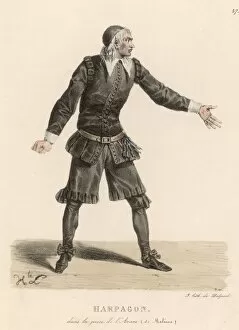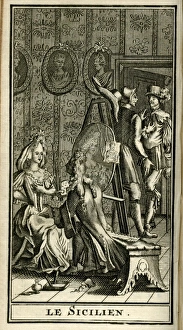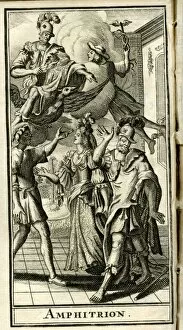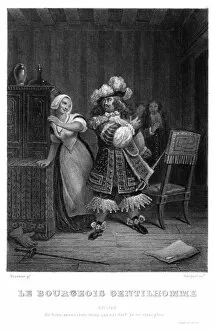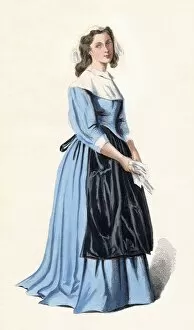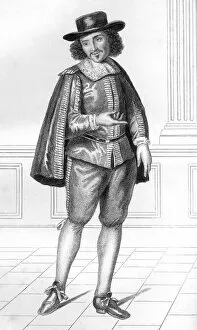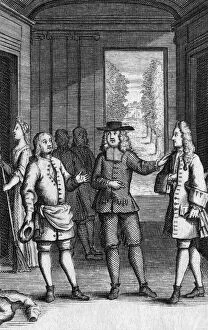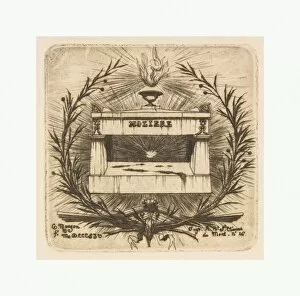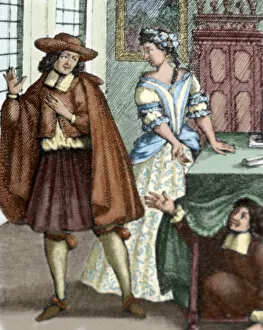Moliere Collection (page 6)
Moliere, the renowned French playwright of the 17th century, stands as a pillar in the world of literature alongside his contemporaries La Fontaine and Racine
All Professionally Made to Order for Quick Shipping
Moliere, the renowned French playwright of the 17th century, stands as a pillar in the world of literature alongside his contemporaries La Fontaine and Racine. Born in 1622 during the reign of Louis XIII, Moliere's comedic genius brought laughter to audiences across France. Imagine a scene at Versailles where Louis XIV himself sits down for breakfast with Moliere, discussing their latest artistic endeavors. The king's patronage allowed Moliere to flourish and create timeless masterpieces such as "Tartuffe, " exposing hypocrisy with wit and satire. In another corner of history, we find ourselves transported to Mozart's opera "Don Giovanni" from 1787. This particular scene captures the essence of Moliere's influence on future generations through his captivating storytelling. Amongst his vast repertoire, two plays stand out: "Le Malade Imaginaire" and "Le Misanthrope. " In these works, Moliere delves into themes of hypochondria and misanthropy respectively, showcasing his ability to explore complex human nature while maintaining an air of comedy. Brecourt's play titled "L'Ombre de Molière" pays homage to this literary giant by depicting a scene inspired by one of his famous works. It serves as a testament to how deeply ingrained Moliere's legacy is within French culture. The illustrations accompanying editions of Moliere's works further immortalize him in art history. François Boucher’s enchanting illustration for the edition published in 1734 depicts a scene from "Le Dépit Amoureux, " capturing both beauty and humor simultaneously. One cannot forget Scapin’s Furries - an iconic moment that has been frequently depicted throughout time - where Argante hides behind Scapin while Silvestre threatens him with drawn swords. This scene showcases not only physical comedy but also highlights the enduring popularity of this theatrical piece.

